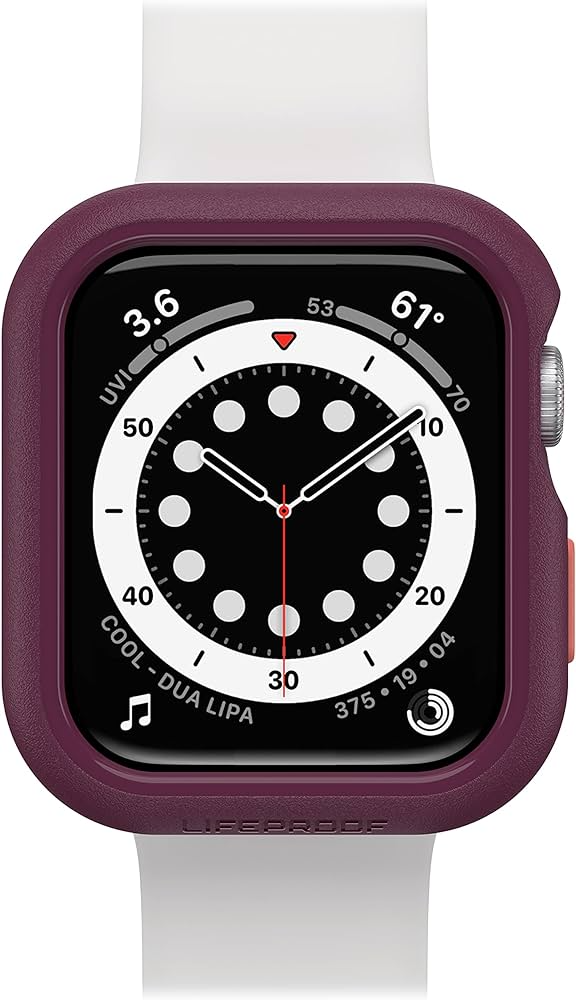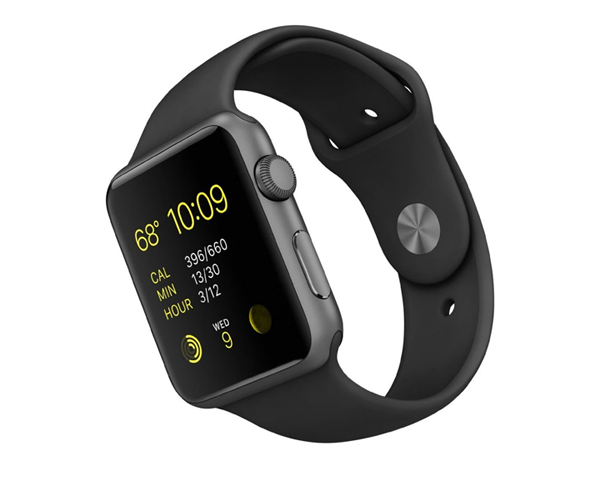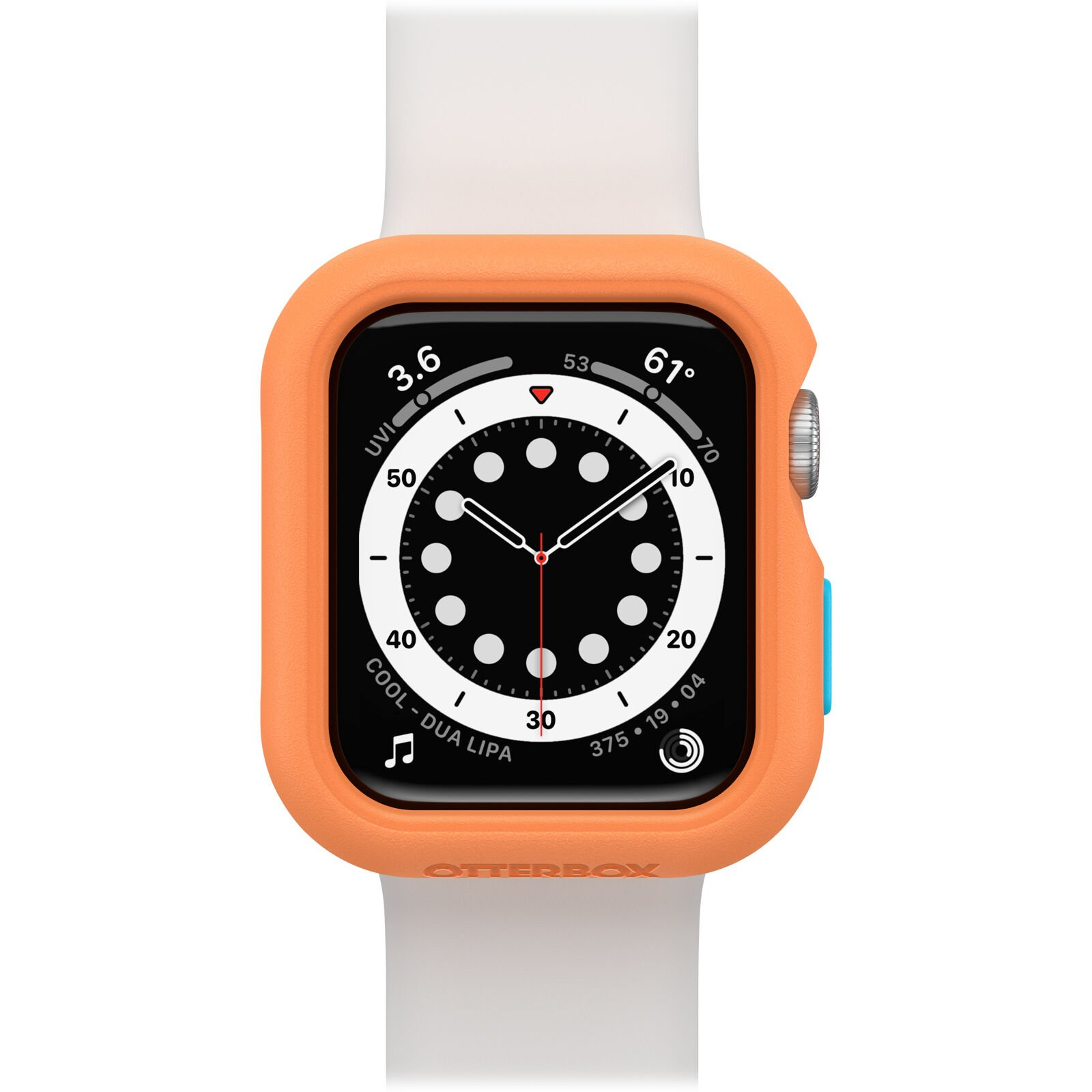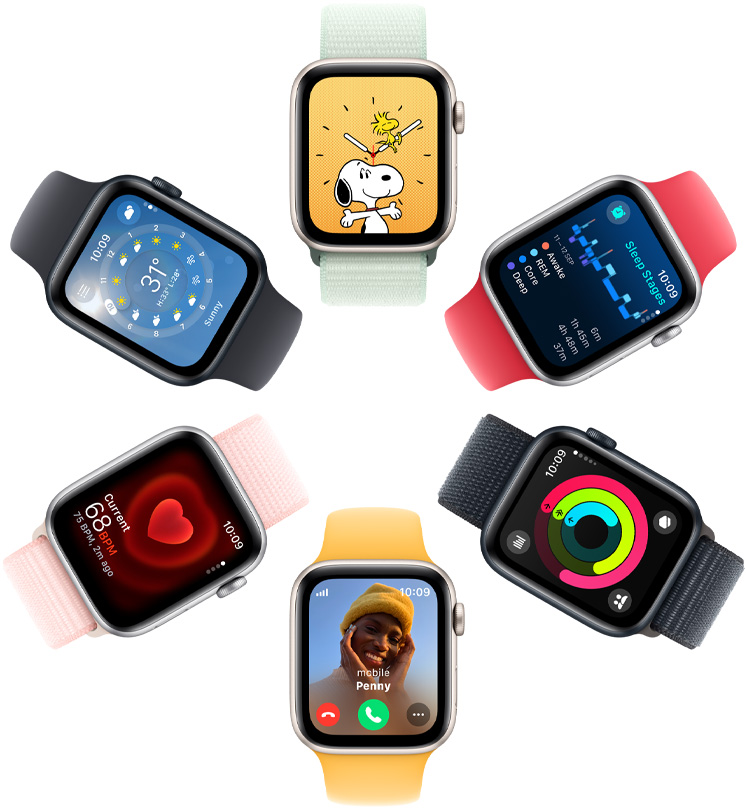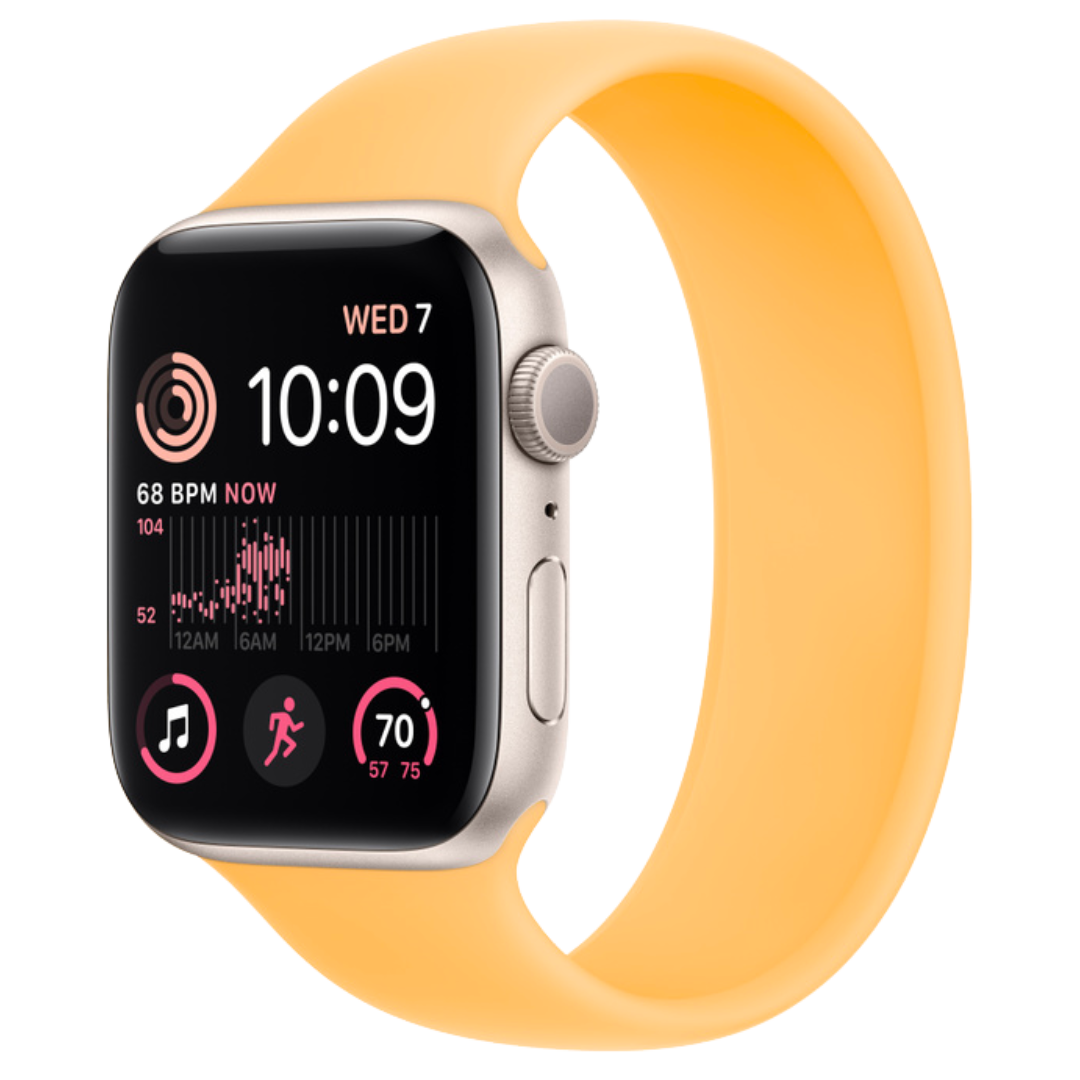Introduction
In the realm of smartwatches, Apple has consistently pushed boundaries with its Apple Watch lineup, offering a blend of technology and style that appeals to a broad audience. Among these, the Apple Watch SE stands out as a more affordable option that doesn’t skimp on essential features. With the release of the 2nd Generation Apple Watch SE, it’s time to delve into how this iteration improves upon its predecessor, the 1st Gen model. In this article, we’ll compare key aspects such as design, performance, health and fitness capabilities, and connectivity, to help you make an informed decision between the two.
Design and Display: Familiar Yet Refreshed
Aesthetics: Alike Yet Distinct
1st Gen Apple Watch SE
The 1st Gen Apple Watch SE inherits the classic rectangular form factor synonymous with the Apple Watch series. It features an Ion-X strengthened glass for protection and comes in two case sizes: 40mm and 44mm, catering to various wrist sizes. Users could choose from aluminum finishes, giving the watch a sleek and lightweight feel.
2nd Gen Apple Watch SE
While the 2nd Gen SE retains the same overall design philosophy, it benefits from subtle refinements. One of the most noticeable updates is the introduction of a larger display. The 2nd Gen SE now offers a 41mm and 45mm case size option, mirroring the design update seen in the Apple Watch Series 7. This not only provides a more expansive view but also enhances the interaction experience without significantly altering the watch’s footprint.
Display Technology: Brighter and More Responsive
1st Gen Apple Watch SE
The 1st Gen SE sports an OLED Retina display with Force Touch, delivering crisp visuals and good visibility outdoors. However, it lacks the always-on display feature found in higher-end models, requiring users to lift their wrist or tap the screen to activate it.
2nd Gen Apple Watch SE
The 2nd Gen takes a leap forward by incorporating an always-on Retina display, a feature previously reserved for the flagship models. This enhancement keeps important information visible at all times without compromising battery life, enhancing the user experience significantly.
Performance and Battery Life: Speed Meets Endurance
Processor Upgrade: Faster Than Ever
1st Gen Apple Watch SE
Powered by the S5 chip, the 1st Gen SE delivers snappy performance for day-to-day tasks, app usage, and workout tracking. It balances efficiency with power, ensuring smooth operation without draining the battery excessively.
2nd Gen Apple Watch SE
The 2nd Gen SE ups the ante with the upgraded S8 SiP (System in Package), borrowed from the latest Apple Watch Series 8. This new chip not only speeds up app launches and general navigation but also brings enhanced efficiency, translating to better battery management and potentially longer usage between charges.
Battery Performance: Stretching the Limits
Both generations of the Apple Watch SE promise all-day battery life, typically lasting up to 18 hours on a single charge. However, the 2nd Gen benefits from software optimizations and the more efficient S8 SiP, which could marginally improve real-world usage scenarios, especially with features like always-on display turned on.
Health and Fitness Features: Tracking Your Every Move
Core Health Monitoring: Consistency Across Generations
Both the 1st and 2nd Gen Apple Watch SE offer core health features such as heart rate monitoring, fall detection, Emergency SOS, and noise-level alerts. They support a wide range of workouts and provide detailed metrics to track progress.
Enhanced Fitness Tracking in the 2nd Gen
While the 1st Gen provides a solid foundation, the 2nd Gen SE takes a step closer to the flagship models by potentially incorporating more advanced sensors and algorithms, though specific details are awaited. This might include improved accuracy in activity tracking and possibly additional health-focused features, aligning it more closely with the Series 8 in terms of fitness capabilities.
Connectivity and Smartwatch Features: Staying Connected
Connectivity is a vital aspect of modern smartwatches, transforming them from simple timepieces into comprehensive wearable technology devices that keep users connected, informed, and engaged in their digital lives. Here’s how smartwatch connectivity features enable you to stay connected:
Bluetooth and Wi-Fi
Most smartwatches use Bluetooth to connect with smartphones, allowing for seamless communication. This enables call handling, message notifications, and even music control. Wi-Fi capability, present in many models, allows the watch to connect directly to the internet when in range of a known network, enhancing its functionality when the paired phone isn’t nearby.
Cellular Connectivity
Advanced smartwatches come with built-in cellular (LTE/4G/5G) capabilities, enabling them to function independently of a smartphone. Users can make and receive calls, send messages, and access internet services directly from their wrist, ensuring they stay connected even when their phone is left behind.
GPS
Integrated GPS not only tracks location but also enhances fitness tracking by mapping routes, distance, and speed during outdoor activities. It’s also useful for navigation and location-based reminders or alerts.
NFC (Near Field Communication)
This feature allows for contactless payments through services like Apple Pay, Google Pay, or Samsung Pay. With a simple tap of the wrist, users can pay for goods and services, making transactions quick and effortless.
Voice Assistants
Integration with voice assistants like Siri (Apple Watch), Google Assistant, or Bixby (Samsung Galaxy Watch) enables hands-free interaction. Users can dictate messages, set reminders, ask questions, or control smart home devices with voice commands.
Notifications and Alerts
Smartwatches mirror notifications from paired smartphones, including calls, texts, emails, social media updates, and app alerts. Customizable settings let users prioritize which notifications they want to receive on their wrist.
Music and Media Control
Users can control music playback on their phones or stream music directly from services like Spotify or Apple Music, depending on the smartwatch’s capabilities. Some watches also have onboard storage for music, allowing for phone-free listening during workouts.
Health and Fitness Tracking
Advanced sensors monitor heart rate, sleep quality, steps taken, and various workout metrics. Many smartwatches also offer guided workouts, stress monitoring, and even ECG (electrocardiogram) functionality for deeper health insights.
Smart Home Integration
Compatibility with smart home platforms (e.g., Amazon Alexa, Google Home) enables control over smart home devices like lights, thermostats, and security systems right from the wrist.
Emergency and Safety Features
Fall detection, SOS alerts, and emergency calling features provide an added layer of safety. In case of an accident or emergency, the watch can automatically call for help or notify emergency contacts.
In summary, smartwatch connectivity features offer a comprehensive suite of tools designed to keep users informed, entertained, and safe while minimizing the need to constantly interact with their smartphones. These features have transformed smartwatches into indispensable companions for those seeking a more connected and efficient lifestyle.
Conclusion
Choosing between the 1st Gen and 2nd Gen Apple Watch SE ultimately depends on your priorities and budget. The 1st Gen still offers a compelling package for those looking for a balance of affordability and functionality. However, the 2nd Gen, with its larger display, always-on capability, and potential performance enhancements, presents a more future-proof investment for those seeking the latest tech and a slightly more premium smartwatch experience without reaching for the top-tier models. As with any technology upgrade, weigh your needs against the improvements to decide which Apple Watch SE best suits your lifestyle.
